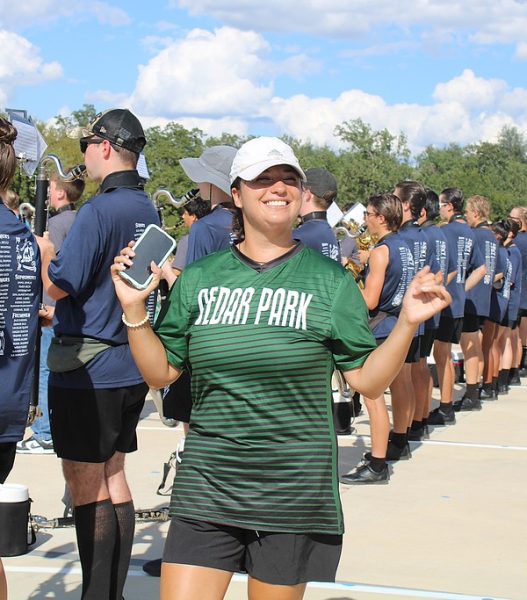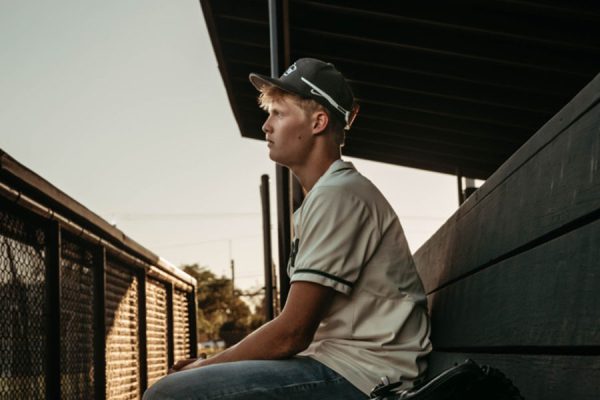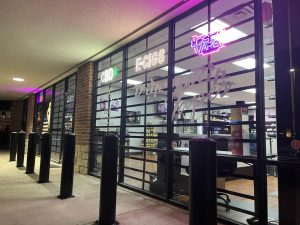Experiencing France Through Art
A Review Over the New Exposition at Blanton Museum of Art, Other Art in Austin
The French Legation Museum, the oldest recorded building in Austin, is home to a vast range of history. Once belonging to the 19th century French diplomat Alphonse Dubois, it now gives visitors the opportunity to learn more about the early history of Texas and see how life was back then with their own eyes. I loved my visit to this museum as it gave me new information about a person in Texas history that I didn’t know about, and being able to see some of the objects and house interiors from that time made me feel as if I had traveled back in time two centuries.
March 29, 2022
It was a sunny Saturday morning, and I decided to make use of the good weather and take a trip downtown. I decided to go to Zilker park for a while and think about what else I could do, and after a while, I decided to go to the Blanton Museum, since it is one of my favorite spots downtown when I need a quiet moment and some inspiration.
When I got there, I expected to see the typical rooms that I always go to, but suddenly a huge banner appeared before my eyes as I was approaching the entrance that stated the opening of a new temporary exposition called “Fantastically French.” This automatically caught my eye as I am always looking for new art to see, and I have been studying the French language and culture for about five years. Finding something that could further expand my knowledge in this was something that I could not resist.
As I walked into the rooms where these new exhibits were placed, I found myself surrounded by a wide variety of printed tapestries combining ancient decorative motifs with newly invented ones to create designs for everything from captivating landscapes to portraits of remarkable people of the time. One of my favorite pieces was the portrait of Marie de Medici, wife of the French King Henry IV, after whose death she got to serve as regent of France. Painted by Jan Wieix, it consists of the portrait of Marie, made with such attention and detail to the small ornaments of her dress as well as her eloquent hairstyle, and lastly even her face, which has a very realistic, relaxed expression, that combined with the sharp features of her nose, mouth and oval of the face create an effect of dignity and stability. Another artwork that really caught my eye was “The Nymph of Fontainebleau,” an engraving by Pierre Milan and Rene Boyvin on bronze that depicts the legendary episode in which a dog named Bilaud discovered a hidden front of water inhabited by a nymph. Rich in a variety of objects, from baskets and garlands of food to infant musicians and doglike creatures, this work surprises the viewer with it’s realistic features in the beautiful shiny base.
Beginning in the 16th century in the royal lodge of Fontainebleau, I traveled through the majestic gardens of the palace of Versailles and ended up in common residences of the 18th century. I got a grasp on how life used to look like at that time through the close observation of exquisite details, fantastic forms and ornate embellishments that celebrate the luxury and simultaneously the simplicity of three centuries.
I truly enjoyed this exposition as it was something that is out of the ordinary and of what we are so used to seeing, but it also did a great job in portraying how different mundane aspects together with beautiful landscapes and what they used to look like from the 16th to the 18th century. Another small aspect that I really appreciated in this exposition was the magnifying glasses placed in every room to better observe the small details, which is something I would not usually expect to find in a museum.
After this marvelous visit, I decided to search if there are any more expositions related to this kind of art, and even though I did not find anything directly related to it, I did find a couple of other interesting expositions related to French history. An ancient ship once full of live and laughter from the sailors that sailed it and an ancient house that once belonged to a French diplomat of the early 20th century and that still conserves its charm of aristocracy mixed with eager beginnings.
My next stop was the Bob Bullock Texas State History Museum, one of the classic spots downtown, which welcomes all those eager to learn about the history of Texas. But this time it also had a very unique exposition, the ship “La Belle,” that was once sailed by Rene-Robert Cavalier, a French explorer sent by King Louis XIV in 1684 with the goal of landing at the mouth of the Mississippi River. It was then set to establish a colony and trade routes to locate Spanish silver mines. These goals were never accomplished, as Cavalier lost most of his ships and ended up being killed by his own men. The ship itself was wrecked in a storm and laid at the bottom of Matagorda Beach for 300 years until in 1995 archeologists located it and began its restoration. As a big enthusiast of history who likes to know all the details, I loved seeing this enormous ship, a lot bigger then I had expected, and the construction that was left from it, simple and scarce but practical and sufficient, as it helped me travel back in time by just seeing those interconnected wood pieces and imagining La Belle, in her most magnificent form, sailing in the turbulent waters of the Pacific Ocean.
Today, La Belle serves as the central artifact in the Museum’s first-floor galleries and gives visitors more insight on early Texas history together with French history. Mesmerized by my new discoveries about French history, I decided to finish off my day by visiting one of the places that has been in my visit list for a long time: the French Legation State Historic Site.
The French Legation State Historic Site is the oldest documented building in Austin still standing on its original site and is home to a wide range of history. Opened up in 1841, it was home to the French diplomat Alphonse Dubois, who was sent to Texas to give France insights about the Republic of Texas as a sovereign nation. Inside, I saw the story of Texas settlement through the planning of the house and many of the objects that are still conserved from that era.
Going through the front doors, we find ourselves in a vestibule, clear and luminous, with a white staircase going upstairs and two rooms on both sides. If we decide to go to the right, we will be greeted by the living room, a pretty small room with an enchanting chimney and a couch that has been conserved since that time. If we go to the left, we will find ourselves in the guest room, more spacious than the living room, with a large bed standing in one of the corners of it, with elegance embroidered in it. This room gave out a sense of peace and tranquility. Upstairs are the other rooms that the next family used as dormitories for their children. I was greatly disappointed when I found out that they were actually closed, but we did get to see the “outside kitchen”, a separate building that was by far my favorite part of the visits because of the vast collection of kitchen and household supplies that it has, making it easier to imagine a young cook singing some songs while she prepared dinner for her contractor.
It also provides a lot of useful information about the history of the place and Dubois himself, and the landscapes that we can see from the outside, including the Texas Capitol, are breathtaking. But, my favorite part of the visit was the relaxing atmosphere that the outside of the house held. After my visit, I sat on a bench to enjoy a good read in the fresh air, and was strongly surprised by how quiet and charming the surrounding was, though located in the heart of the city, it felt as if I had been transported to the countryside, surrounded by a vast green lawn full of centenary trees, and the singing birds that lived in them.
All these sites provided me with an amazing opportunity to learn many new things about a new culture in such a dynamic and artistic way, making them an integral part of my appreciation for the language and culture itself. If you have an interest in art or history, I truly recommend visiting at least one of these sites.

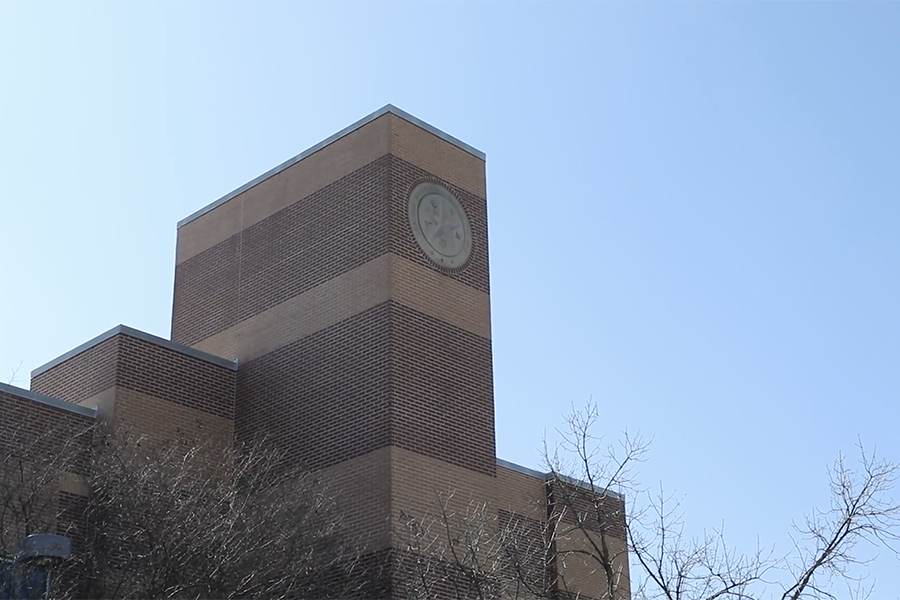

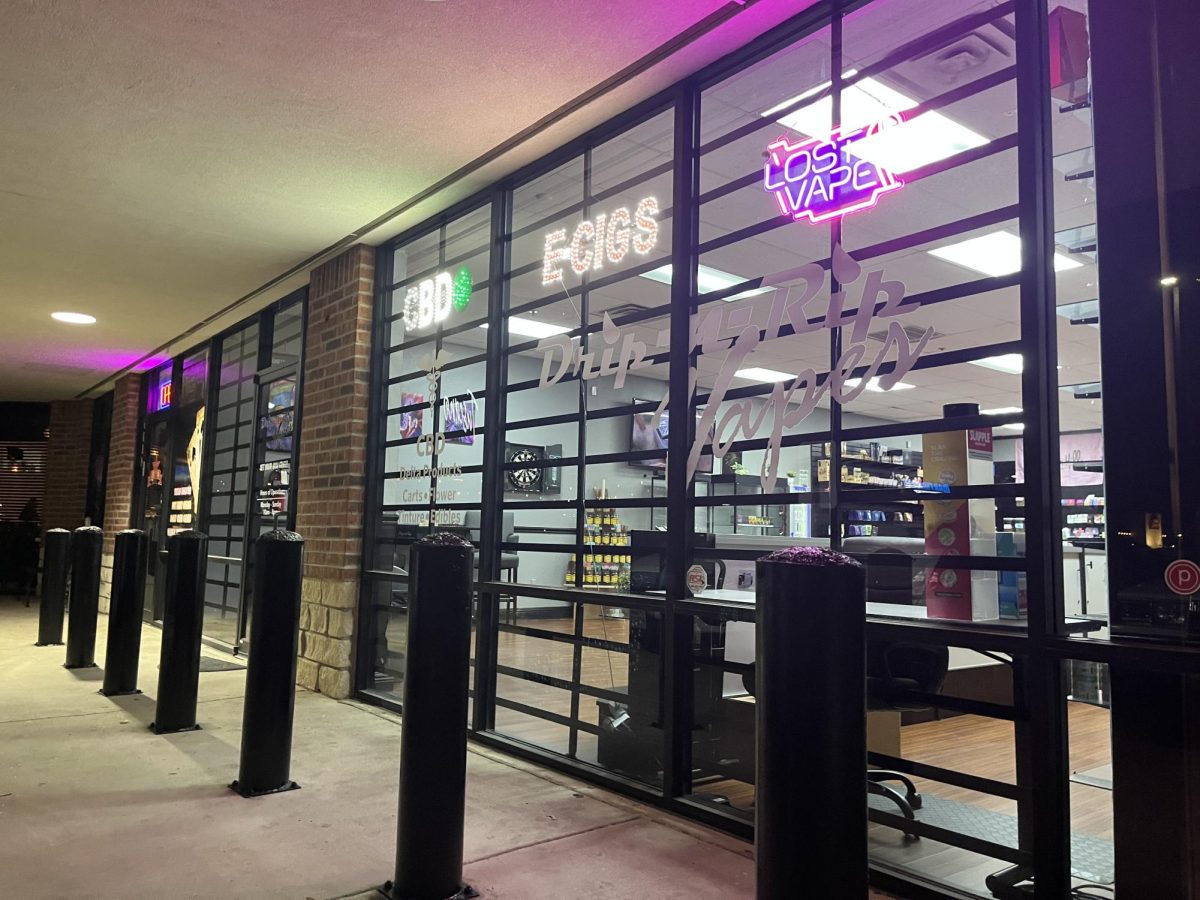


![Senior Jett Mckinney stores all the clothes in his own room, with half of it stored in his closet along with his personal clothes, and the rest taking up space in his room.
“There’s been times [when] there’s so much clothing stored here and it gets overwhelming, so I end up having to sleep somewhere else in the house,” Mckinney said.](https://cphswolfpack.com/wp-content/uploads/2025/11/DSC_0951-1200x800.jpg)

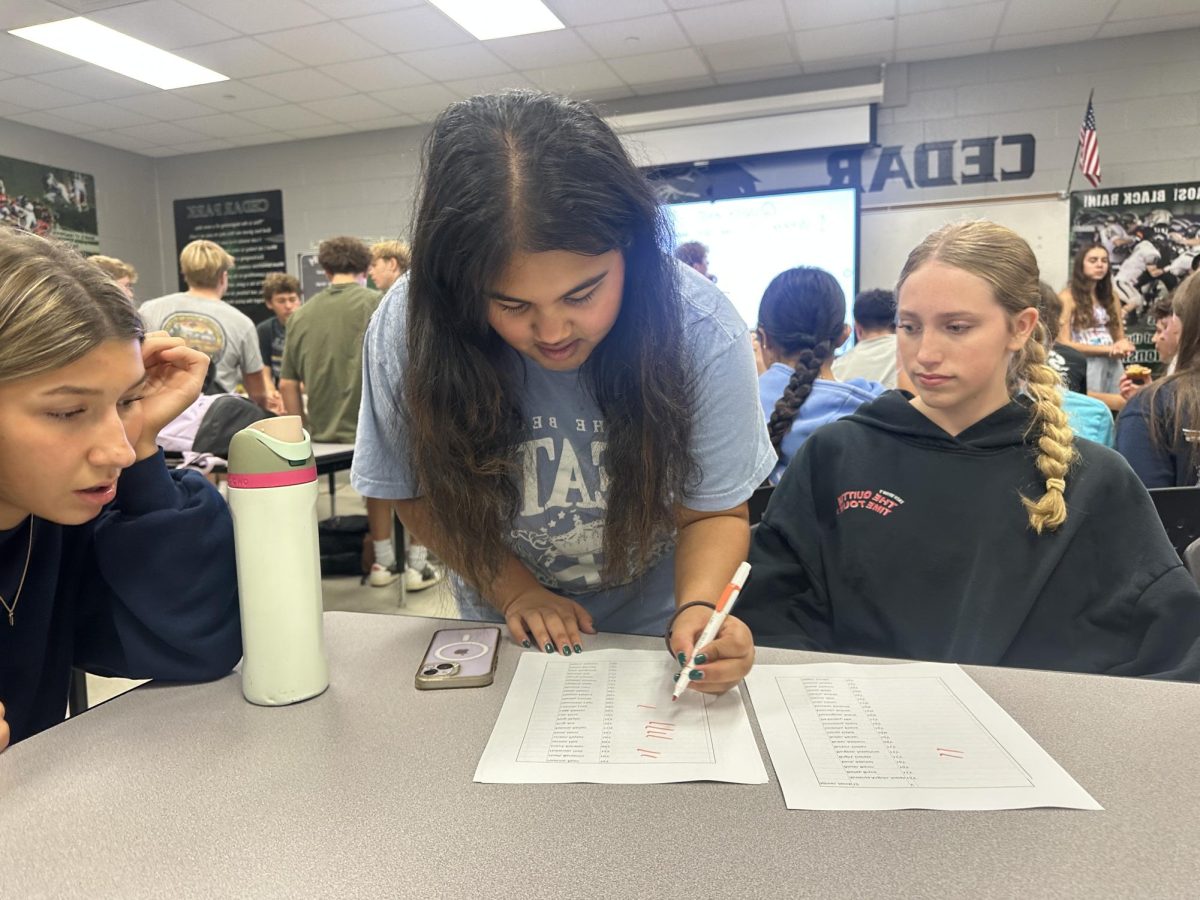

![Broadcast, yearbook and newspaper combined for 66 Interscholastic League Press Conference awards this year. Yearbook won 43, newspaper won 14 and broadcast took home nine. “I think [the ILPC awards] are a great way to give the kids some acknowledgement for all of their hard work,” newspaper and yearbook adviser Paige Hert said. “They typically spend the year covering everyone else’s big moments, so it’s really cool for them to be celebrated so many times and in so many different ways.”](https://cphswolfpack.com/wp-content/uploads/2025/05/edited-ILPC.jpg)




![Looking down at his racket, junior Hasun Nguyen hits the green tennis ball. Hasun has played tennis since he was 9 years old, and he is on the varsity team. "I feel like it’s not really appreciated in America as much, but [tennis] is a really competitive and mentally challenging sport,” Nguyen said. “I’m really level-headed and can keep my cool during a match, and that helps me play a bit better under pressure.” Photo by Kyra Cox](https://cphswolfpack.com/wp-content/uploads/2025/09/hasun.jpg)

![Bringing her arm over her head and taking a quick breath, junior Lauren Lucas swims the final laps of the 500 freestyle at the regionals swimming competition on date. Lucas broke the school’s 18-year-old record for the 500 freestyle at regionals and again at state with a time of 4:58.63. “I’d had my eye on that 500 record since my freshman year, so I was really excited to see if I could get it at regionals or districts,” Lucas said. “ State is always a really fun experience and medaling for the first time was really great. It was a very very tight race, [so] I was a bit surprised [that I medaled]. [There were] a lot of fast girls at the meet in general, [and] it was like a dogfight back and forth, back and forth.” Photo by Kaydence Wilkinson](https://cphswolfpack.com/wp-content/uploads/2025/03/Kaydence-2.7-23-edit-2.jpg)


![As her hair blows in the wind, senior Brianna Grandow runs the varsity girls 5K at the cross country district meet last Thursday. Grandow finished fourth in the event and led the varsity girls to regionals with a third place placement as a team. “I’m very excited [to go to regionals],” Grandow said. “I’m excited to race in Corpus Christi, and we get to go to the beach, so that’s really awesome.” Photo by Addison Bruce](https://cphswolfpack.com/wp-content/uploads/2025/10/brianna.jpg)



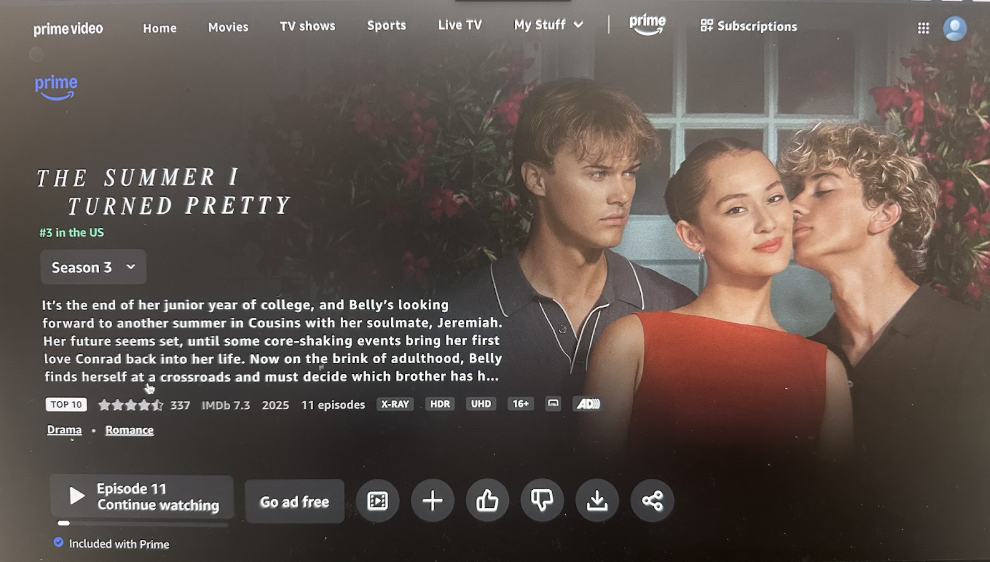











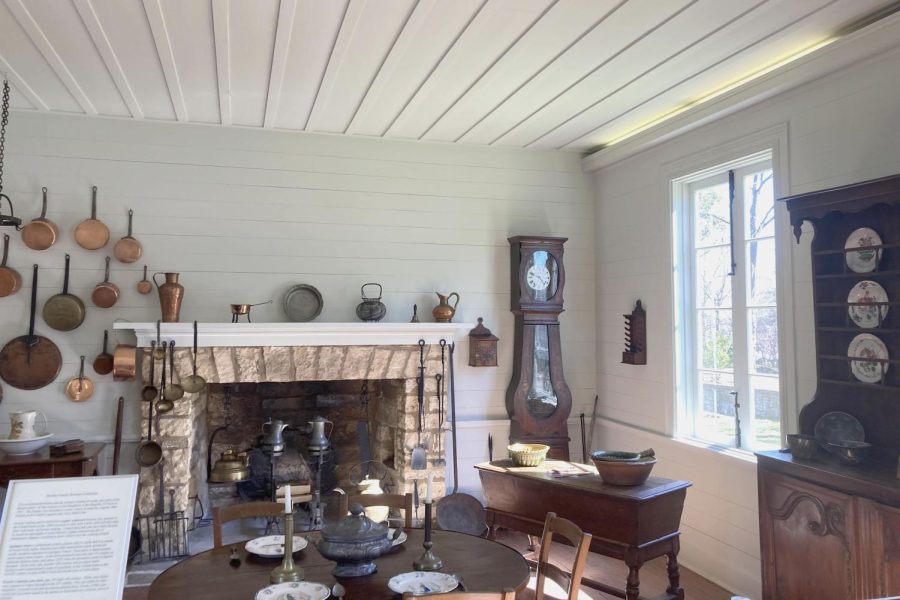
![Holding a microphone, baseball booster club president Chris Cuevas announces the beginning of the annual cornhole tournament. The event has been held for the past two years and is designed to raise money for the baseball program in a fun way. “We’re a baseball team, so people love to compete,” Cuevas said. “So we figured we better do something that gets [their] attention. They want to compete. It’s not a hard sport to do, and we have all different [skill] levels [of participants].” Photo by Henry Mueller](https://cphswolfpack.com/wp-content/uploads/2025/11/Henry-715-1200x900.jpg)






